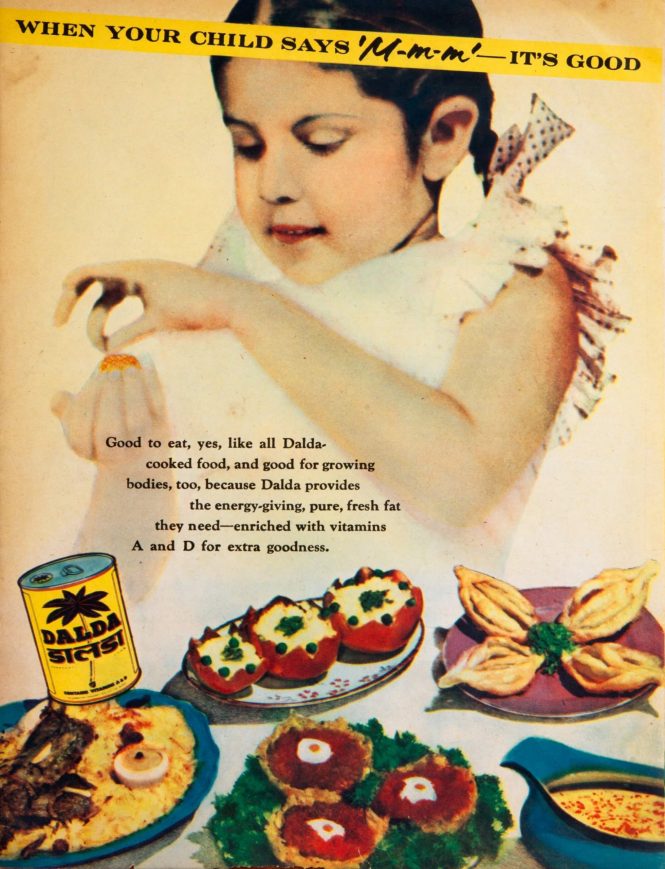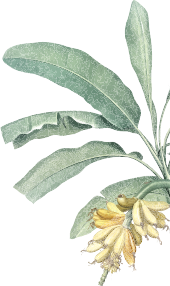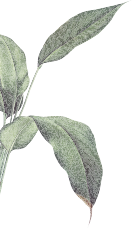
The original vanaspati ghee
India has had a love affair with ghee since time immemorial. Ghee is a staple in Hindu rituals, is used for medicinal purposes and is a permanent resident of most Indian dining tables. Ironically, ghee has also always been a symbol of opulence for a large population. The affluent families in India flaunted food cooked in desi ghee, an idea not conceivable to the common man. This is what led to the popularisation of vanaspati (literally meaning ‘from the earth’) ghee, a hydrogenated vegetable oil to be used as an everyday substitute for ghee. England’s Lever Brothers saw this gap in the market and came up with what is now synonymous with vanaspati ghee along with a Dutch company in 1937- Dalda.
An exhaustive ad campaign led to the vibrant yellow tin being a common sight on roadside stalls and especially sweet shops, which began to fry gulab jamuns and jalebis in Dalda, rolling out its aroma in streets and gallis. Smaller towns where ghee was a luxury and refrigeration in stores was scarce, Dalda began to mark its presence with its distinct, typically appetising smell. It soon made its way to home kitchens, being used liberally for flavour and nourishment. Today, Dalda’s popularity may have taken a hit owing to the many refined oils that have flooded the market, but for many, Dalda will always remain the original vanaspati ghee and the beaming yellow tin will take one back to corner sweet shops lined with colourful confections.
To carefully pick a favourite sweet like the phetua recipe below and devour it with gleeful satisfaction is a joy known to all. It is the anticipation of this joy that is so evident on the child’s face, with a slight admission of mischief. As a viewer you wait for her to unwrap the sweet and proceed to survey the rest of the preparation. The layout seems to resemble an elaborate feast, but that of a layman and unmistakably homely, just what Dalda aimed to be in its quest to conquer Indian kitchens.





Share It Now...